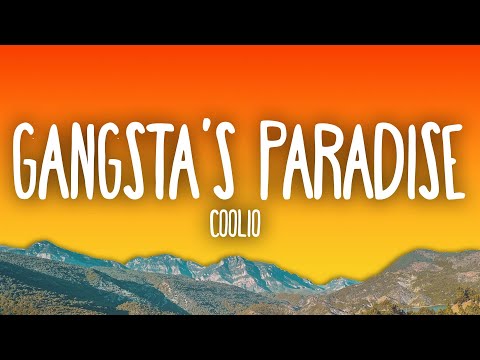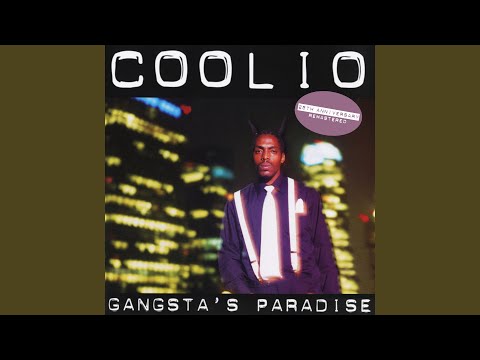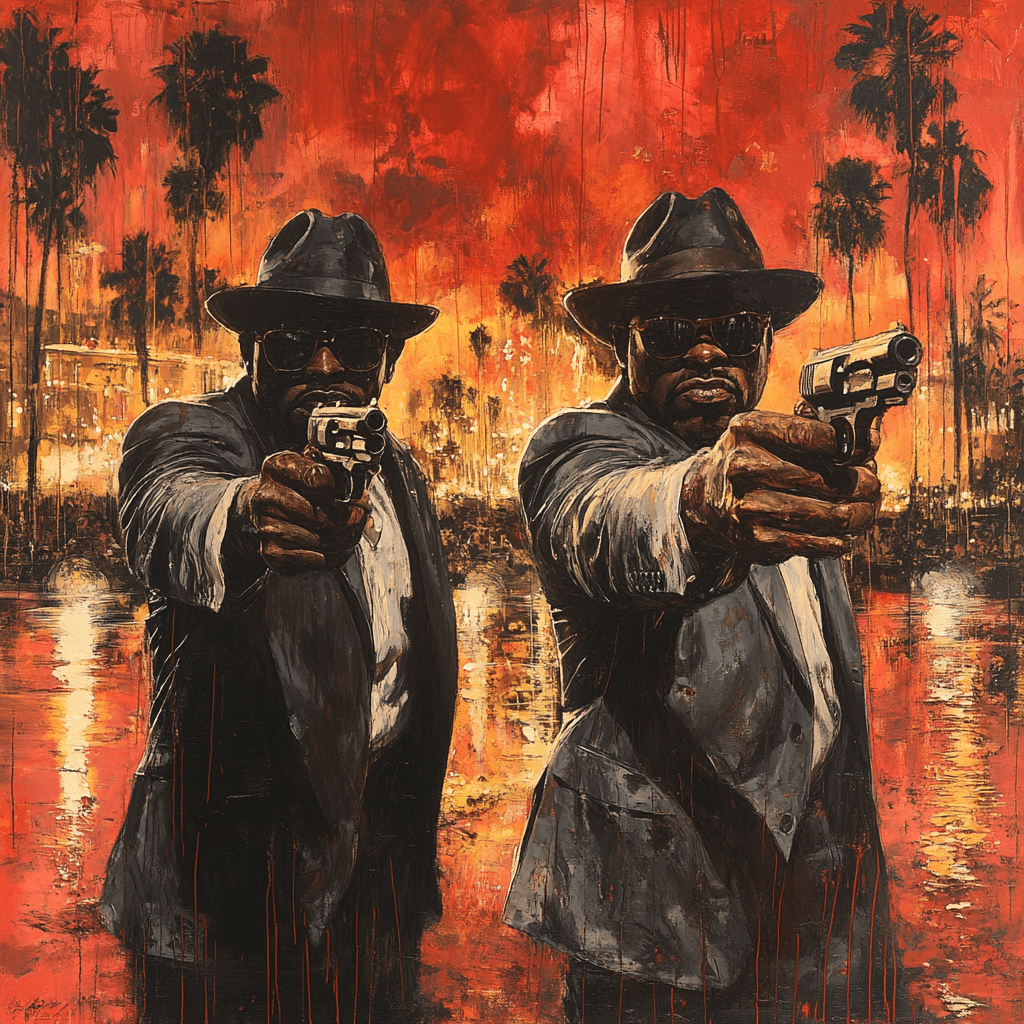
Gangstas Paradise Impact On Hip Hop Culture Today
The Legacy of “Gangstas Paradise” in Modern Hip-Hop
Released in 1995, Coolio’s “Gangstas Paradise” has become more than just a song; it’s a phenomenon that encapsulates the struggles and stories of the hip-hop community. The track’s introspective lyrics and raw themes connect with listeners and artists alike. It confronted societal issues like violence, poverty, and self-reflection in a way that felt genuine, making it a classic that continues to influence new generations.
Today, major artists like Kendrick Lamar, J. Cole, and Chance the Rapper pay homage to the themes established in “Gangstas Paradise.” Kendrick’s work often echoes the cautionary tales found in this iconic track, while J. Cole’s reflective narratives mirror the weight of personal history that Coolio so poignantly showcases. Even Chance the Rapper acknowledges the importance of such introspection, emphasizing that the narrative woven in “Gangstas Paradise” is just as relevant, if not more so, in today’s tense socio-political climate.
With the resurgence of hip-hop’s focus on storytelling, the impact of “Gangstas Paradise” extends beyond its immediate themes. It sparked a push for artists to delve deeper into the human condition, illustrating the struggles that marginalized communities face. Its legacy serves as a reminder that hip-hop can be a powerful platform for addressing real-world issues, all while creating music that resonates.

Top 5 Examples of “Gangstas Paradise” Influence in Contemporary Tracks
1. Kendrick Lamar – “The Art of Peer Pressure”
Kendrick Lamar’s “The Art of Peer Pressure” showcases a vivid narrative, one that reflects the intricate choices young people face. The track mirrors the cautionary tales found in “Gangstas Paradise,” presenting a raw insight into how environment shapes decisions. Just as Coolio spoke to the struggles of peer influences, Kendrick brings that message to life with modern relevance.
2. J. Cole – “4 Your Eyez Only”
J. Cole’s album “4 Your Eyez Only” dives deep into themes of legacy and responsibility. Much like “Gangstas Paradise,” it explores the weight of personal history while connecting it to broader social narratives. Both artists share this introspective quality, urging listeners to reflect on their experiences and the impact of their choices.
3. Future – “Dirty Sprite”
Future’s hit “Dirty Sprite” offers a stark contrast in sound but retains the essence of escapism found in “Gangstas Paradise.” The hedonistic lifestyle presented in the track echoes the tragic undertones of Coolio’s work. Both songs discuss the allure of such choices and the inevitable consequences, albeit from different angles.
4. Tavisha – “Mad Dog Russo”
Tavisha’s “Mad Dog Russo” serves as a direct homage to the raw narrative style similar to “Gangstas Paradise.” The track captures the grit and fury within personal struggles, bringing to light societal issues that many face today. Tavisha’s storytelling resonates with the ethos of hip-hop that Coolio embodied.
5. Lil Baby – “The Bigger Picture”
In “The Bigger Picture,” Lil Baby addresses crucial social issues, including systemic racism and police brutality, making it a modern anthem reminiscent of “Gangstas Paradise.” His track compels listeners to confront injustices, evoking the same social consciousness that Coolio expressed. Lil Baby continues the legacy of storytelling intertwined with social critique.
Funkytown Gore: The Shift from Celebrating to Questioning
The evolution of hip-hop has seen its narratives shift from a celebration of street life to a complex critique of society itself. “Gangstas Paradise” embodies this transition by providing a profound insight into the darker aspects of urban culture. Funkytown gore symbolizes the gritty origins of hip-hop while emphasizing the need for a more nuanced approach to storytelling.
Modern artists like Cardi B and Denzel Curry are leveraging their platforms to depict the harsh realities of urban life, moving beyond mere glorification. They engage with the struggles that define their existence and showcase the complexity of their narratives. The shift reflects how the genre has matured, opting for discussion rather than just celebration.
This transformation signifies a deeper understanding of hip-hop’s potential to influence thought and provoke dialogue. The stories in songs like “Gangstas Paradise” are no longer just cautionary tales; they now foster a greater societal critique. Hip-hop’s evolution through funkytown gore highlights the genre’s power to reflect social realities and incite change.
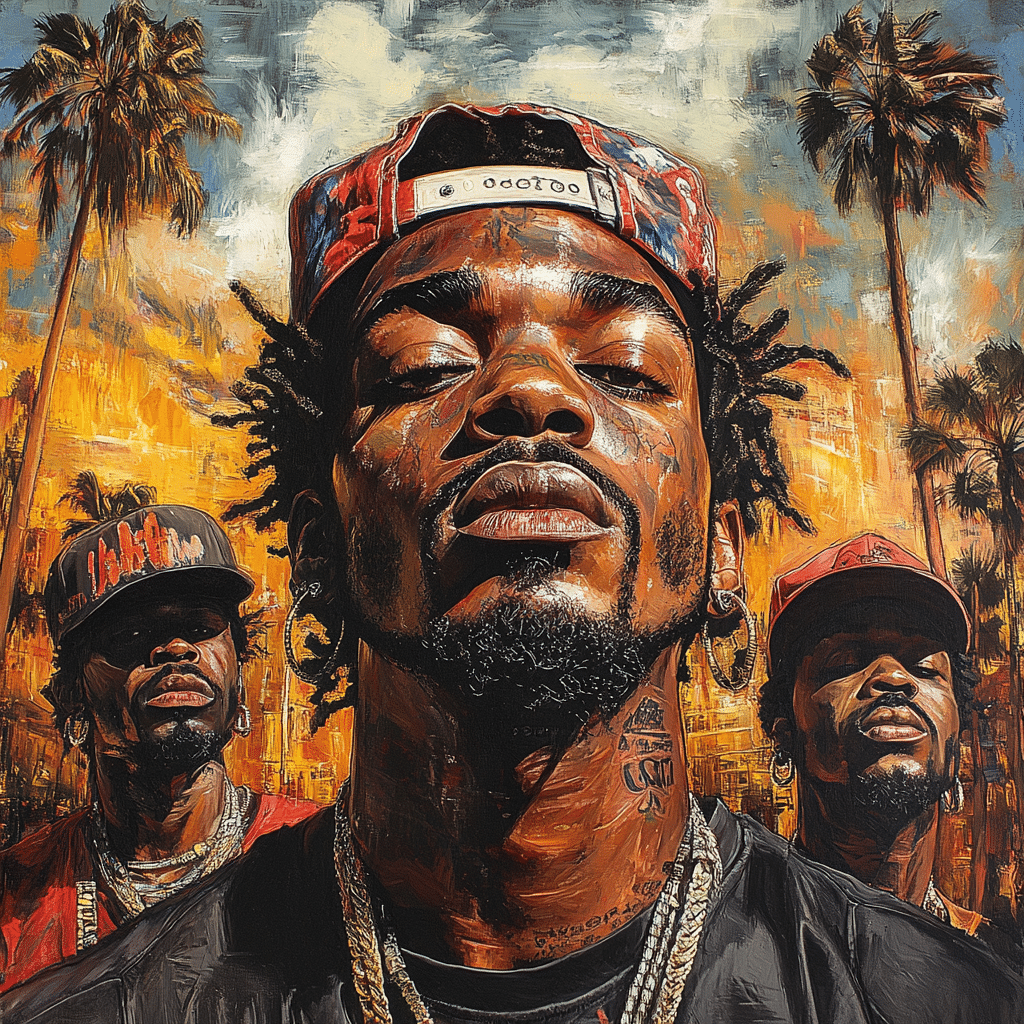
How “Gangstas Paradise” Shaped the Spinal Tap Movie’s Dark Humor
The influence of “Gangstas Paradise” isn’t limited to hip-hop; it also extends into other media, like the famed Spinal Tap movie, which satirizes the excesses of rock and roll culture. Both the movie and Coolio’s track explore the shadows behind fame and street life. They offer cautionary tales, urging audiences to contemplate the heavy costs of lifestyles often glamorized.
In a way, both works question the narratives constructed around fame and rebellion. While Spinal Tap delivers a humorous take, “Gangstas Paradise” brings a sobering perspective on the consequences faced due to choices made in the pursuit of approval or reckless abandon. This parallel strengthens the connection between hip-hop culture and film, emphasizing the shared narratives of irony and legitimacy.
As hip-hop continues to grow, the links between memorable music and cultural critiques remain vital. Just as Spinal Tap invites reflection on rock music’s absurdities, “Gangstas Paradise” challenges audiences to examine the gritty realities of street life, offering a lens through which we understand artistic expression better.
The Future of Hip-Hop: Continuation of Legacy or Shift in Perspectives?
Moving forward, the influence of “Gangstas Paradise” remains significant, pushing new artists to grapple with its core themes. As the genre evolves, the challenge lies in balancing raw experiences with the need to present compelling narratives that resonate with a broader audience.
Artists like Lil Nas X and Billie Eilish are now breaking barriers and reconfiguring genres, suggesting that hip-hop’s future may go beyond traditional confines. They incorporate diverse influences, tying in storytelling techniques akin to what Coolio championed. This blend of style diversifies the landscape of hip-hop and encourages innovation.
Ultimately, the foundational work laid by pioneers like Coolio enriches contemporary dialogue within the genre. As hip-hop continues to transform, the echoes of “Gangstas Paradise” compel artists to infuse their music with genuine authenticity and personal insight. The legacy of this iconic track serves as both an inspiration and a challenge for the next wave of hip-hop talent.
Reflecting this rich tapestry of hip-hop history, “Gangstas Paradise” remains a touchstone that invites both artists and audiences to engage deeply with life’s gritty realities. As hip-hop evolves, the influence of Coolio will persist, driving artists to produce music that resonates with both heart and soul.
The Lasting Impact of Gangstas Paradise on Hip-Hop Culture Today
A Closer Look at “Gangsta’s Paradise”
“Gangsta’s Paradise,” performed by Coolio and released in 1995, has become an iconic track that’s still relevant in today’s hip-hop landscape. It delves deep into themes of struggle, redemption, and the harsh realities of life. Did you know that the song became a cultural touchstone, even influencing shows like The Handmaid ‘s Tale Season 5?( Its introspective lyrics resonate with many, prompting audiences to reflect on the consequences of violence and crime, much like the moral dilemmas faced by characters in dystopian narratives.
Beyond its chart-topping success, the song’s impact is seen in popular TV shows and movies. For instance, The Men Who Stare At Goats features some surprisingly poignant moments that echo similar themes of inner conflict. The track’s blend of somber hip-hop with gospel undertones illustrates a rich emotional depth rarely captured in music— a fact easily missed amidst the catchy chorus and laidback beat.
Cultural Threads in Hip-Hop and Beyond
Interestingly, “Gangsta’s Paradise” also spearheaded a wave of storytelling in rap. Artists are now more inclined to share personal narratives, akin to what one might expect from complex character sketches like those found in Smiling Friends Characters.( As hip-hop embraces honesty and vulnerability, it mirrors broader cultural shifts. So, it’s no surprise that themes from the song manifest in modern media, serving as a cautionary tale against the allure of gangster life.
Moreover, the reach of “Gangsta’s Paradise” isn’t confined to music alone. The resilience and determination reflected in those lyrics can also be found in other forms of storytelling, like upcoming scary Movies in 2025( that tackle contemporary fears. Just as the song challenges listeners to rethink their paths, these stories push boundaries, urging audiences to confront their own realities.
The Legacy of Gangsta’s Paradise
The legacy of “Gangsta’s Paradise” continues to inspire artists and influence the genre’s evolution. With its haunting melodies and raw lyrics, it confronts issues that persist in society today, much like how recent studies reveal insights about health, like absolute Lymphocytes high.( It’s a reminder that the struggles of the past echo in the present and that change often requires confronting uncomfortable truths.
In a world dominated by viral trends and fleeting fame, Coolio’s classic endures as a beacon of lyrical integrity. Its cultural resonance aligns with the determination of figures like the Cavinder twins,( who turn struggles into motivation, showcasing the interconnectedness of music and personal drive. Celebrating its impact ensures that “Gangsta’s Paradise” remains more than just nostalgic; it serves as an enduring commentary on life, laced with the grit and grace that hip-hop continues to embody.



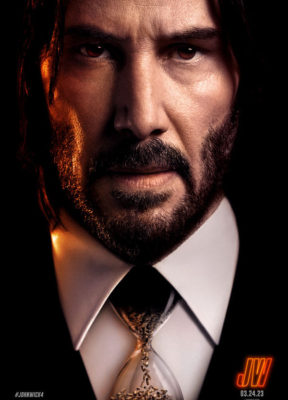
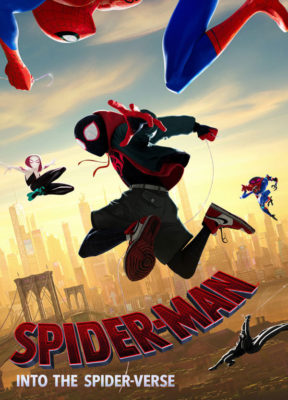
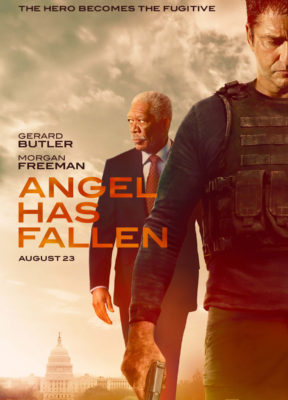
![Coolio - Gangsta's Paradise (feat. L.V.) [Official Music Video]](https://www.loaded.video/wp-content/cache/flying-press/fPO76Jlnz6c-hqdefault.jpg)
